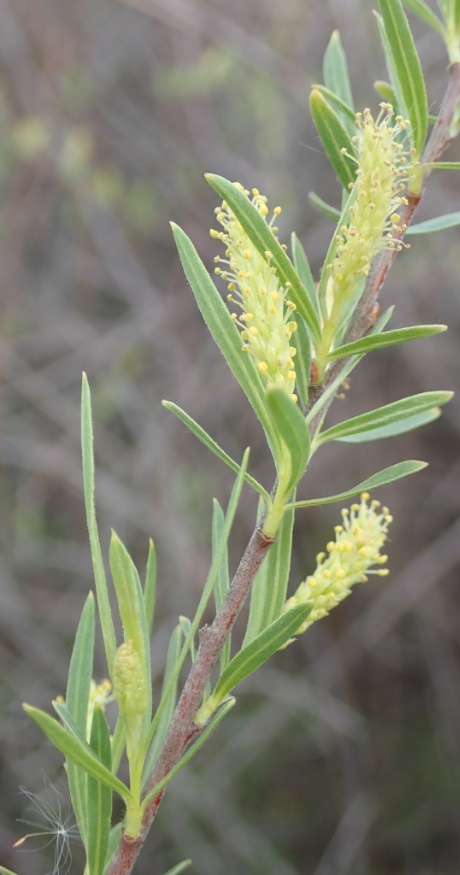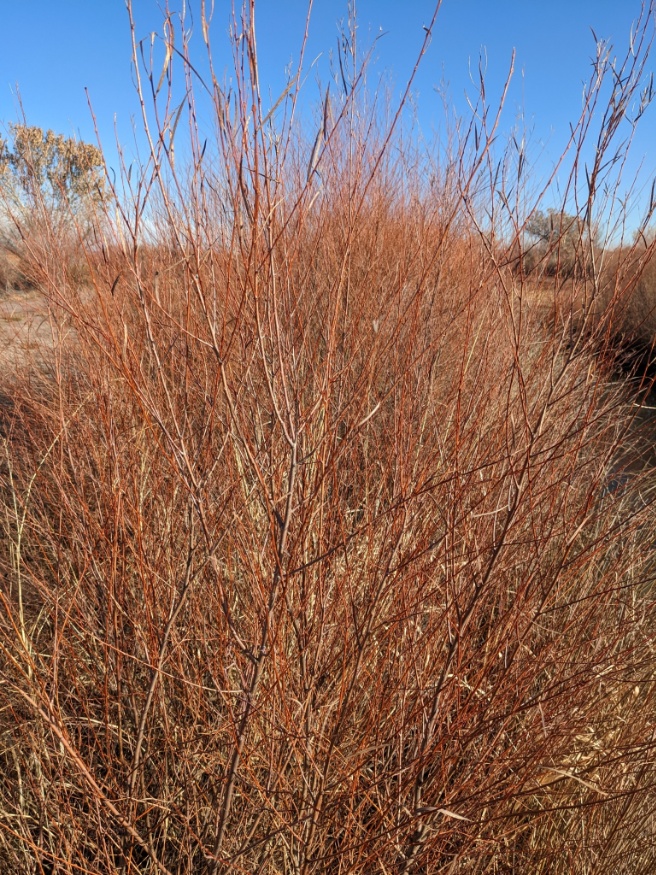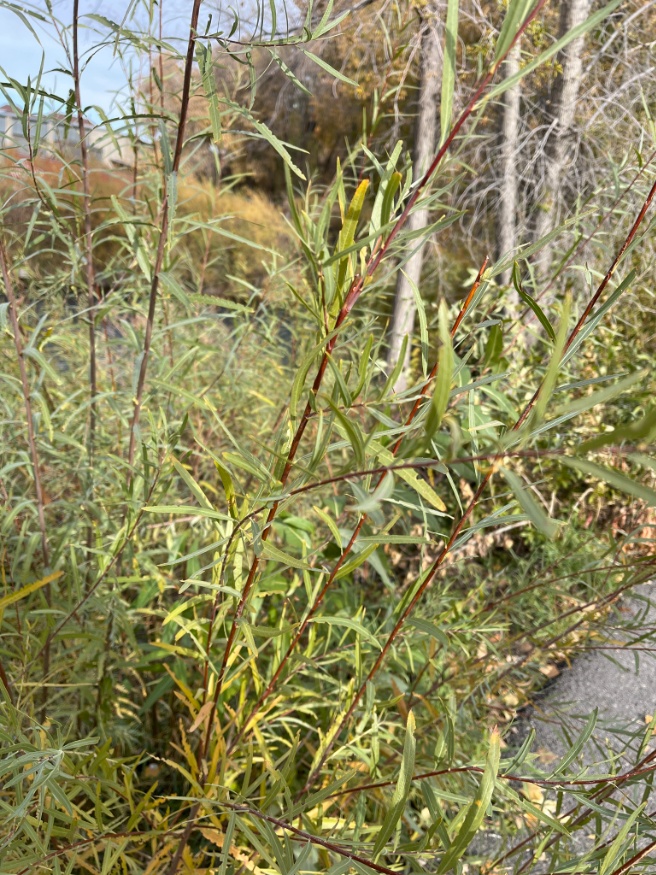About
Narrowleaf Willow is a shrub to small tree, widespread in North America. It forms dense thickets on riverbanks and ditches, used as erosion control on waters edge, for naturalized, or ornamental planting. Leaves are long and narrow (lanceolate), producing silky white male or female catkins in late spring. Male catkin shrubs are pollinated by to bees and the plant is often browsed by livestock. Flexible branches were used for building, basket making and for cord by Native Americans.
No seeds available for this plant at this time.
No plants available for this plant at this time.
Shipping
We currently ship seeds to all Canadian provinces and ship plants just within the provinces of British Columbia and Alberta. Seeds ship year-round and usually take a few days (or longer if you are ordering from a distant province). It usually takes 2-5 business days in the mail for plant orders once shipped. Plants are generally available from May to September and can be reserved during off season; Shipping costs are calculated during checkout. Seed orders over $100 ship free! See Shipping for more details.


